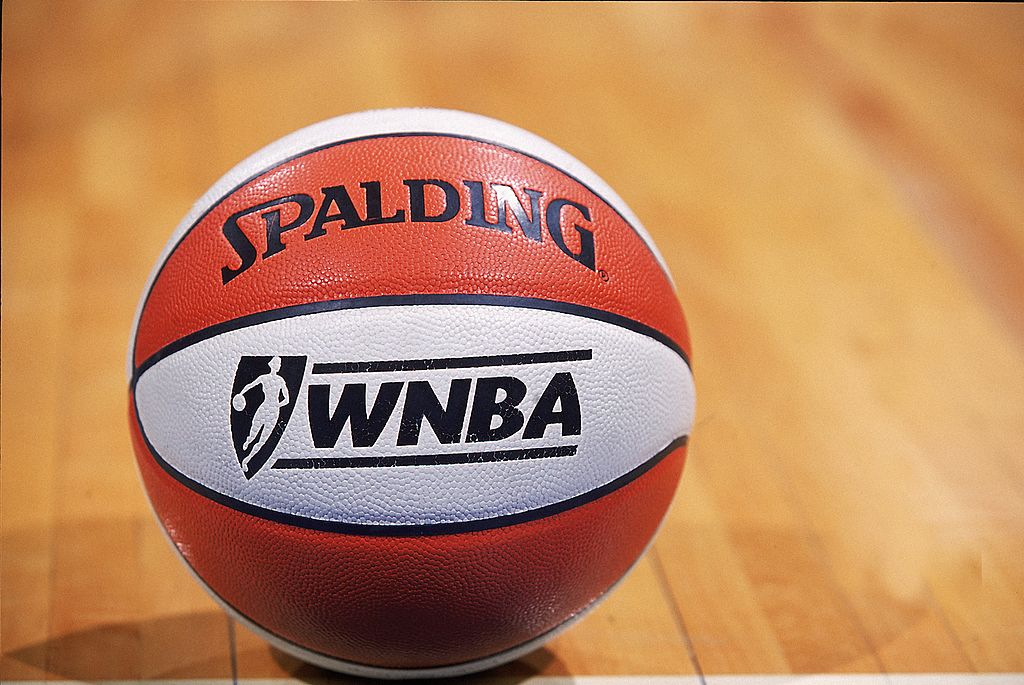NBA
Does the NBA Own the WNBA?

From a branding perspective, the NBA and the WNBA, are clearly intentionally associated. But what is the actual nature of the business arrangement between the two organizations?
This is a question sports fans are increasingly asking, as the WNBA continues to generate headlines in recent months. The late Kobe Bryant spent his final years aggressively promoting the league. And a controversy over player compensation, which many NBA stars voiced support for, opened up more questions.
Is the NBA responsible for paying WNBA players? Or is the WNBA an independent spinoff? Let’s dig into the creation of the strongest women’s basketball league on earth to find out.
The disappointment that encouraged the NBA to establish the WNBA
The WNBA came to being as a result of sharp regret. After winning gold at the 1984 and 1988 Olympics, the U.S. Women’s National Team fell early in the 1994 World Championship.
The basketball world took notice, and put collective effort into molding a strong team for the 1996 Olympic Games. Recruitment went into overdrive. The ’96 team, built around NCAA superstar and future WNBA all-time great Rebecca Lobo, easily took home the gold.
NBA Commissioner David Stern took notice of the scouting and training infrastructure that fell into place for the ’96 win. He decided it was time to strike while the hype was in the air.
He took his plans for a women’s league off the back burner. Stern then tasked an NBA staff attorney, the former NCAA basketball player Val Ackerman, with running the new Women’s National Basketball Association.
The turbulent early years of the WNBA
The NBA Board of Governors approved the establishment of the WNBA on April 24, 1996. Just over a year later, eight teams — fully owned by the NBA and paired with existing men’s teams — began playing regulation games.
The Houston Comets won the first four titles in WNBA history. Despite that huge success on the court, the team struggled to make money. The Comets shuttered just eight years after their dominant early start.
The legacy didn’t entirely disappear. Comets stars Cynthia Cooper and Kim Perrot’s jerseys still hang in the Toyota Center, home of the Houston Rockets.
It’s sad that an objectively great team, as their Basketball-Reference all-time stat sheet clearly demonstrates, couldn’t make it. But the silver lining to the situation is how it encouraged a largely successful reorganization of the league.
The transition from the NBA-owned structure to independent team ownership
If the Comets couldn’t make it, was there any hope for the WNBA? This, interestingly, ended up being another disappointment that would lead to the start of something new.
Just after the Comets’ WNBA Finals reign came to a close, the league decided to expand and change the nature of ownership. No longer would each WBNA team be paired with existing NBA squads. The NBA would divest their ownership of as many teams as possible, opening up independent ownership.
This opened up new opportunities to move WNBA teams to cities based on market analysis, rather than only in places with an existing NBA presence.
One example of this process: The Utah Starzz became the independently-owned San Antonio Silver Stars. Then, in 2017, market analysis showed that Las Vegas would be an even better location for a WNBA team. The Silver Stars became the Las Vegas Aces.
The future of the WNBA
The WNBA has now passed the quarter-century mark. While some teams shuttered in that time, the story of the league is largely one of expansion.
After a dispute over player compensation put the league in a negative light, a new 2020 agreement with players led to a 50% increase in overall pay. This comes at a time when viewership is rising, but unfortunately, live attendance fell at the same time.
This puts the league in a tough spot, but not a hopeless one. If teams stop moving around as often, neophyte WNBA fans from the successful new TV and streaming deals might be more interested in showing up to games.
It seems that the more the WNBA stands on its own, and the NBA increasingly divests from stakes in teams, the more the league grows. While the brand association can only be seen as a good thing, it turns out that what the WNBA needs to continue growth is very different from how the NBA operates.











